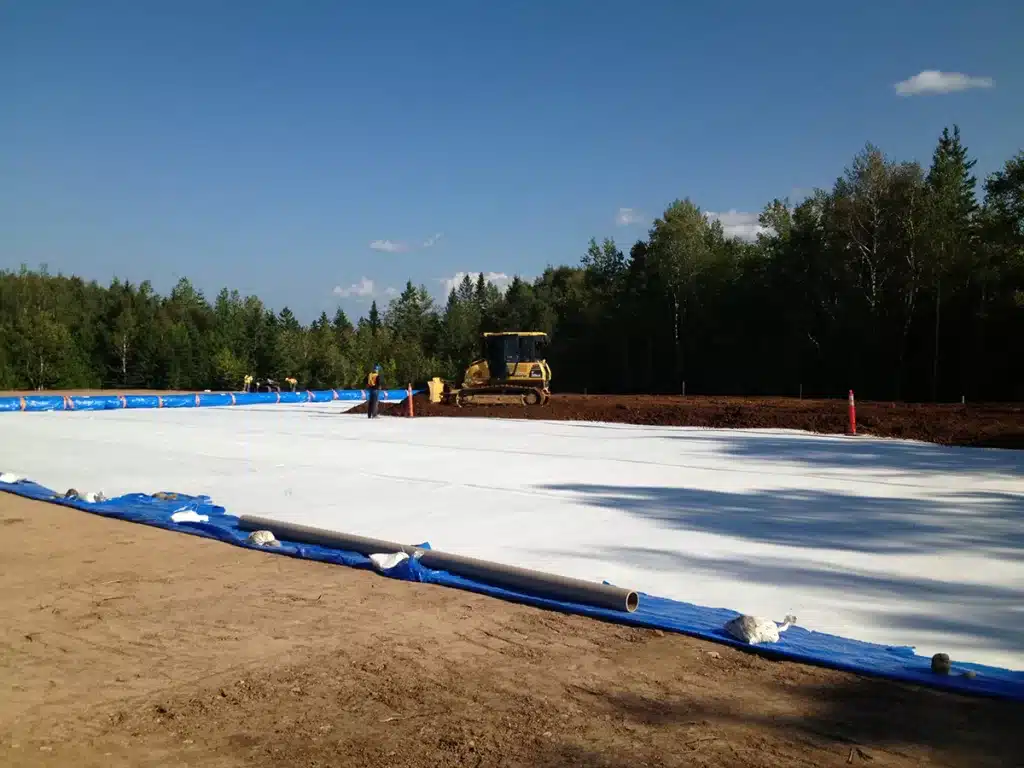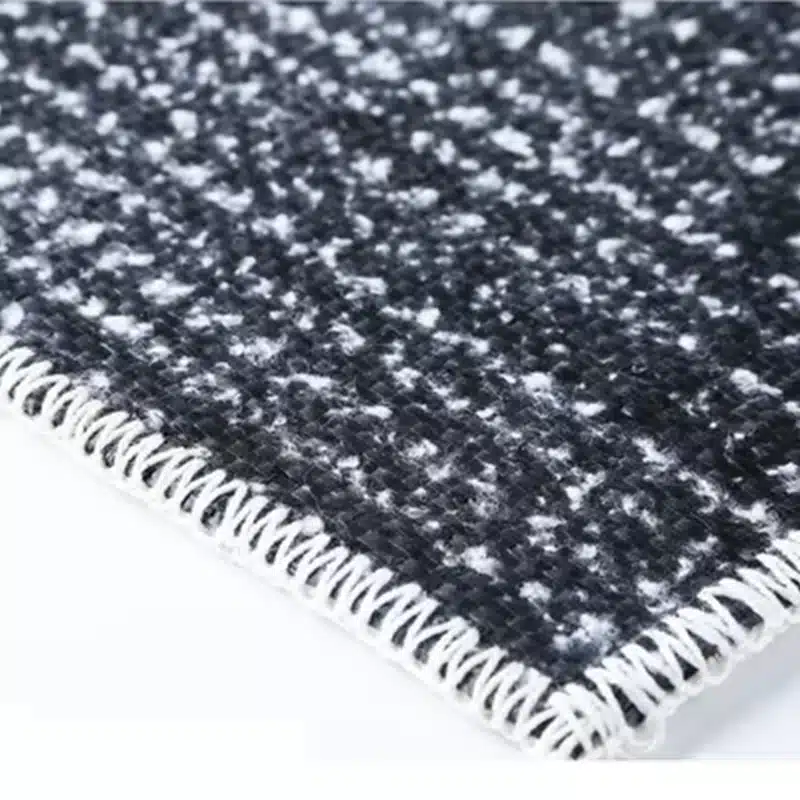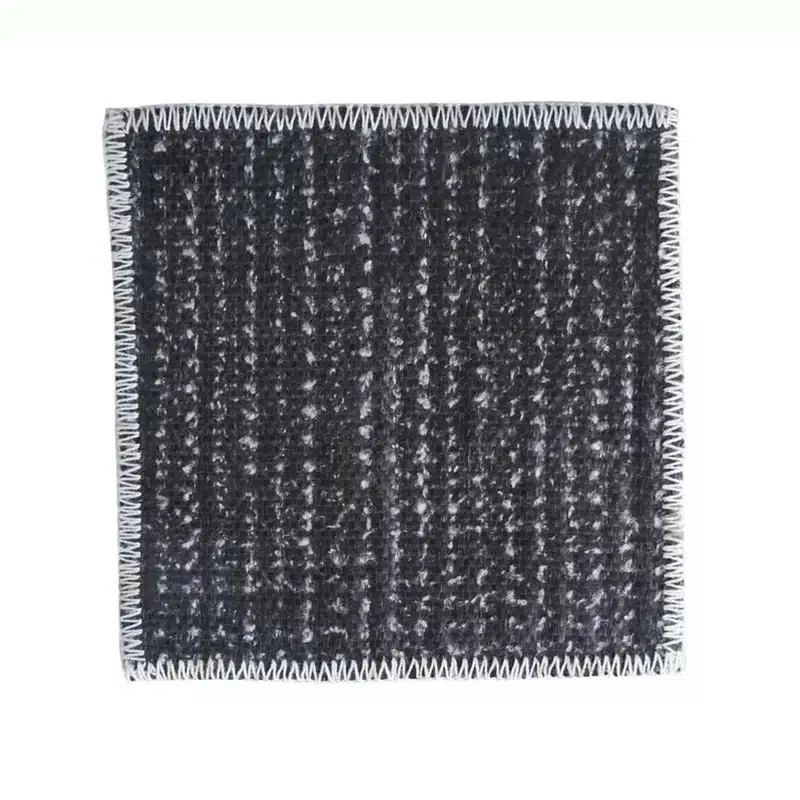What Sets Geosynthetics Apart? Exploring Geotextiles, Geomembranes, and Geogrids
Geosynthetic materials, typically made from petrochemical-based polymers (“plastics”) that are biologically inert and will not decompose from bacterial or fungal action, have revolutionized various engineering fields, particularly in construction, civil engineering, and environmental protection. These materials, which include geotextiles, geomembranes, and other related products, offer innovative solutions for soil stabilization, erosion control, and water management. In this article, we will explore the basics of geosynthetic materials, their applications, and the advantages they provide in modern engineering projects.
What is the difference between geotextile and geosynthetic materials?
Geosynthetics is the word used to describe a wide range of polymeric materials for civil engineering purposes. They compose some of the most versatile materials for ground and construction modification. Geotextile is a specific type of geosynthetic material, while geosynthetic materials encompass a broader category. Geotextiles describe a wide range of materials that are like traditional textiles. Geosynthetics refers to a range of polymeric products used in geotechnical and civil engineering projects, including geotextiles, geomembranes, geogrids, and geocells. Geotextiles, specifically, are permeable fabrics made from polypropylene or polyester, used primarily for separation, filtration, and reinforcement in construction projects. In contrast, other geosynthetics like geomembranes are impermeable and used for containment and barrier applications.

What are the most common geosynthetics?
The most common types of geosynthetics include:
- Geotextiles: Used for filtration, separation, and reinforcement, typically made from high-density polyethylene (HDPE), polypropylene (PP), and polyester (PET).
- Geomembranes: Impermeable liners used for containment and barrier functions, such as in landfills, often constructed from HDPE.
- Geogrids: These are used to reinforce soil and distribute loads over a larger area. They are commonly used in retaining walls and roads and are frequently manufactured from PP or PET.
- Geocells: Three-dimensional honeycomb-like structures used for soil stabilization, erosion control, and load distribution, often made from HDPE.
- Geonets: Used for drainage applications, allowing liquids to pass through while providing structural support, typically composed of HDPE or PP.
What are the products of geosynthetics?
Geosynthetic products, synthetic products used to stabilize terrain, are diverse and cater to various engineering needs. These include:
- Geotextiles: Woven and non-woven fabrics for soil reinforcement and erosion control.
- Geomembranes: HDPE, LLDPE, and PVC liners are used for waterproofing and containment.
- Geogrids: Plastic or composite grids for soil reinforcement in retaining walls and roadways.
- Geocells: Cellular confinement systems for slope protection and load support.
- Geocomposites: Combinations of geosynthetic materials designed for specific functions like drainage and reinforcement.
What are the advantages of geosynthetic materials?
Geosynthetic materials offer several advantages, making them essential in modern engineering:
- Durability: Made from polymers, geosynthetics are resistant to environmental degradation and chemical exposure, ensuring long-term performance with higher performance compared to traditional materials.
- Versatility: They can be tailored for specific functions, including reinforcement, filtration, drainage, and containment, providing greater flexibility in their application.
- Cost-Effectiveness: Geosynthetics often reduce the need for traditional construction materials, resulting in lower cost and easier installation.
- Environmental Benefits: By minimizing soil disturbance and preventing erosion, geosynthetics contribute to more sustainable construction practices.
Geosynthetic materials are a cornerstone of modern engineering, providing solutions for challenges in construction, environmental protection, and infrastructure development. From geotextiles and geomembranes to geogrids and geocells, these materials are versatile, durable, and environmentally friendly. Understanding the differences and applications of these products can help in selecting the right geosynthetic material for any project, ensuring longevity and cost-efficiency.



Comments
Post a Comment